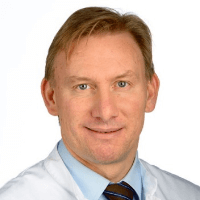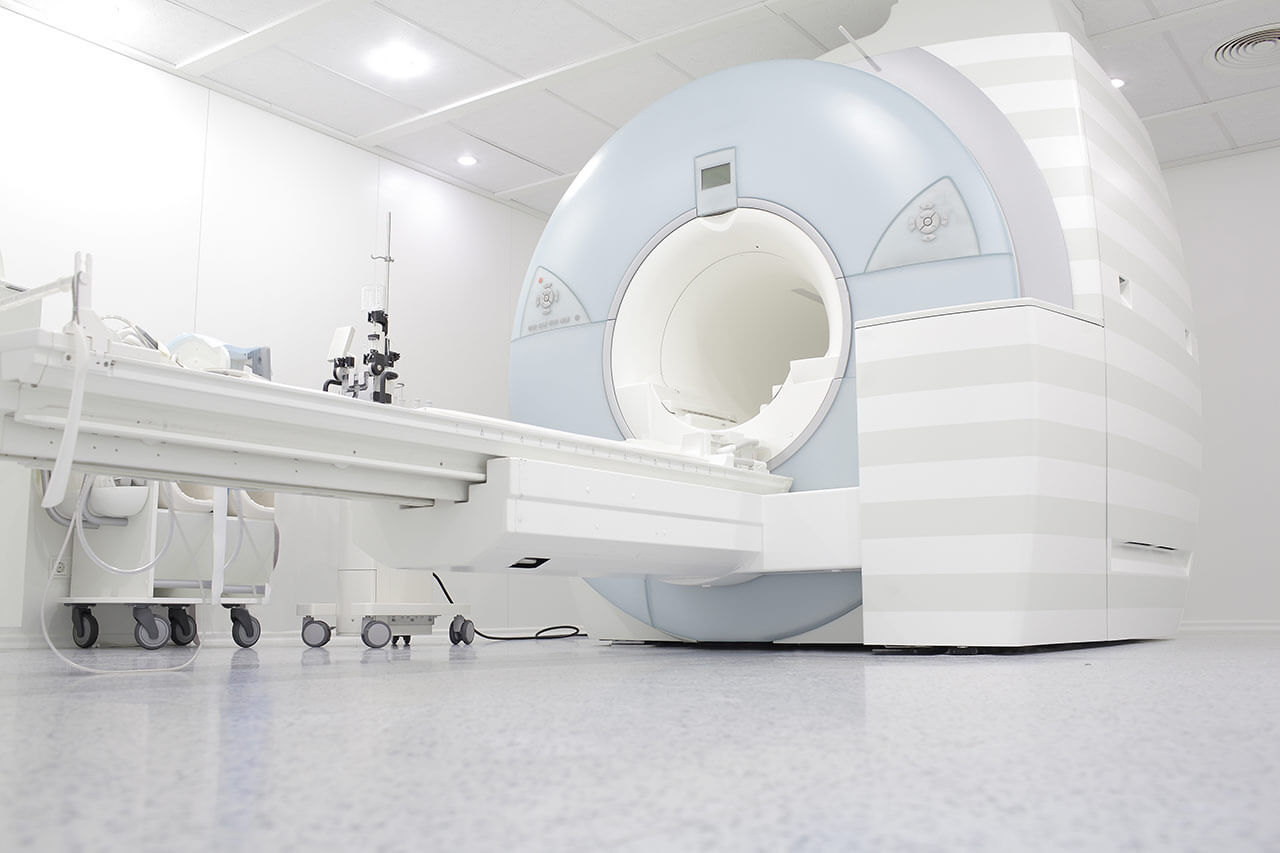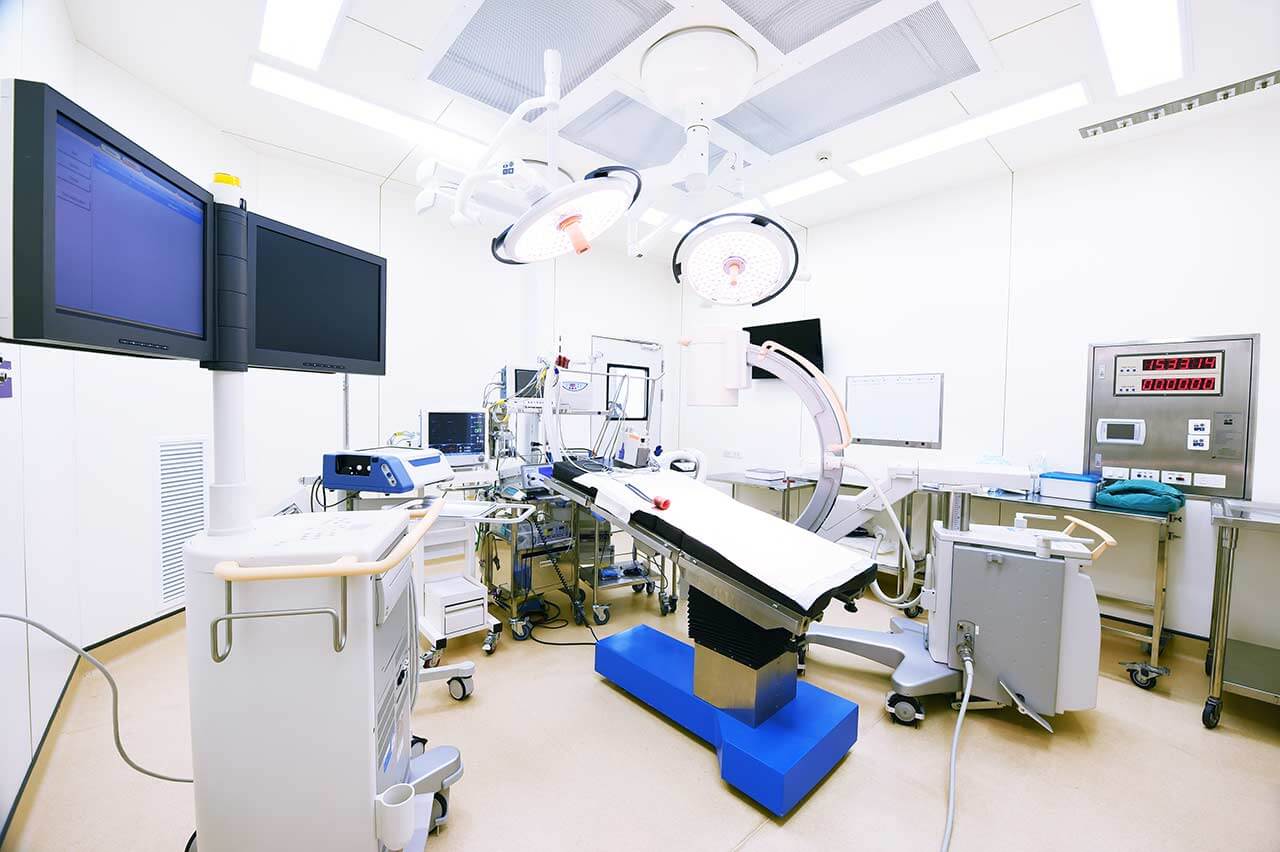
The program includes:
- Initial presentation in the clinic
- clinical history taking
- review of medical records
- physical examination
- ophthalmological examination:
- slit lamp examination
- pupil examination
- ocular motility examination
- ophthalmoscopy
- perimetry (visual field test)
- computer perimetry
- visometry (without correction and with correction)
- keratometry
- pachymetry
- refractometry (objective, subjective, cycloplegic)
- autorefractometry
- non-contact tonometry
- fluorescein angiography (if indicated clinically)
- optical coherence tomography OCT (if indicated clinically)
- gonioscopy
- photokeratoscopy
- nursing services
- services of all leading experts
- explanation of individual treatment plan
Required documents
- Medical records
Service
You may also book:
 BookingHealth Price from:
BookingHealth Price from:
About the department
The Department of Adult and Pediatric Ophthalmology at the Hirslanden Andreasclinic Cham Zug Cham offers patients the highly accurate diagnostics, conservative and surgical treatment of the full range of diseases of the eye and its appendages. Of particular interest is the treatment of cataracts, glaucoma, age-related macular degeneration, refractive eye surgery, as well as the treatment of ophthalmic diseases in children.
The department is headed by Dr. med. Alexander Herrmann – well-known ophthalmologist in medical circles who has unique qualifications in the area of his specialization and daily returns his patients the joy of seeing.
The innovative medical equipment, the use of modern treatments and the high professionalism of the department's doctors guarantee an optimal solution of ophthalmic problems, including especially complex ones. The department has more than 30 years of successful clinical experience in the field of its competence, and also ranks among the leading specialized medical facilities of this kind in Switzerland.
The department's range of medical services includes:
- Diagnostics and surgical treatment of cataracts
- Diagnostics and treatment of glaucoma using eye drops, laser techniques, as well as surgical interventions
- Diagnostics and treatment of age-related macular degeneration (for example, injections of drugs into the vitreous body)
- Diagnostics and surgical treatment of retinal detachment (laser surgery can be used at the initial stages, while the advanced stages of the pathology require more complex surgical procedures)
- Diagnostics and treatment of strabismus in adults and children (conservative and surgical techniques)
- Diagnostics and treatment of dry eye syndrome
- Diagnostics and treatment of myopia/hyperopia (surgical implantation of intraocular lenses)
- Refractive surgery (laser vision correction)
- Diagnostics and treatment of diabetic angiopathy (laser treatment, classical surgery, injection of drugs into the eyeball)
- Diagnostics and treatment of conjunctivitis
- Diagnostics and treatment of keratoconus (vision correction using contact lenses, cross-linking technique)
- Cosmetic surgery of the eyelids (correction of superior sulcus hollowing)
- Diagnostics and treatment of tear duct diseases (for example, lavage, endoscopic dacryocystorhinostomy in occlusions)
- Diagnostics and treatment of pediatric eye diseases
- Other medical services
Curriculum vitae
Clinical Interests
- Surgical treatment of cataracts and refractive eye surgery
- Removal of lens through miniature incisions (even in the complex clinical case).
- Treatment of traumatic cataracts.
- Secondary lens implantation.
- Refractive eye surgery for ametropia of high degree (for example, implantation of phakic intraocular lenses).
- Surgical treatment of macular and retinal pathologies
- Intravitreal injection of drugs for the treatment of macular diseases.
- 23-gauge vitrectomy for the treatment of macular diseases.
- 23-gauge vitrectomy for the treatment of retinal detachment, retinal and vitreous diseases.
- Plastic and reconstructive eyelid surgery
- Treatment of ectropion, entropion, ptosis and blepharoplegia (in facial paralysis).
- Resection of eyelid tumors with follow-up reconstruction (flap surgery, free skin grafts).
- Deep sclerectomy, trabeculectomy, cyclocryo- and cyclophotocoagulation.
- Blepharoplasty for cosmetic purposes.
Professional Career
- Since August 2012 Work in Private Ophthalmic Practice (Praxis für Augenchirurgie und Augenkrankheiten).
- 2010 - 2012 Ophthalmologist (Swiss Medical Association), General Private Practice in Sursee, Day Hospital in Lucerne.
- 2005 - 2010 Senior Consultant and Deputy Chief Physician of the Department of Ophthalmology, Offenburg Hospital.
- 2003 - 2005 Senior Physician, Department of Ophthalmology, St. Vincentius Hospital Karlsruhe.
Higher Education and Postgraduate Training
- January 2009 - December 2009 Training in Health Care Institution Management (in-service training).
- 2007 Theoretical basis of the specialty in complex intraocular and laser interventions.
- August 2003 Board certification in Ophthalmology.
- 2001 Doctoral thesis defense, Department of Pediatrics, University Hospital Leipzig.
- 1999 - 2003 Training in the Department of Ophthalmology at the University Hospital Tuebingen.
- 1997 - 1999 Training in the Department of Ophthalmology at the University Hospital Leipzig.
- 1996 - 1997 Research Fellow and Doctorate at the University Hospital Leipzig.
- 1990 - 1996 Study of Human Medicine at the Faculty of Medicine, Leipzig University.
Photo of the doctor: (c) Hirslanden AG
About hospital
The Hirslanden Andreasclinic Cham Zug Cham provides the high-quality medical services both in the region and throughout the country. The medical complex is part of the Hirslanden Private Hospital Group, which is known throughout Europe for its extremely high treatment success rates. The key areas of specialization of the clinic in Cham include general surgery, gynecology and obstetrics, orthopedics and spinal surgery. The medical facility also has a 24-hour emergency service. The surgical treatment is provided in 4 operating rooms equipped with the latest technology.
The health of the patients is in the good hands of an experienced team of about 100 specialized doctors. The experts of the medical facility admit for the diagnostics and treatment about 4,100 inpatients and more than 7,000 outpatients every year. The clinic has 65 beds for patient hospitalization. The Department of Obstetrics is known for exceptional competence and impeccable service – about 470 babies are born here every year.
The quality of medical and nursing services is regulated by a special quality management system, which has been certified since 2002 in accordance with the requirements of the European standard ISO 9001 (re-certification of ISO 9001:2015 in 2018).
The clinic is located in a building with a unique architectural design and properly thought-out interior. The patients live in conditions resembling a high-class hotel, so they feel as comfortable as possible here. The quiet and peaceful environment of the clinic contributes to the pacification and rapid recovery of patients.
Photo: (с) depositphotos
Accommodation in hospital
Patients rooms
The patients of the the Hirslanden Andreasclinic Cham Zug Cham live in comfortable single, double and quadruple rooms with all necessary amenities. The standard room includes an automatically adjustable bed, a bedside table, a wardrobe with a locker, a table and chairs, a TV with a large selection of national and international channels, and a telephone (mobile phones are not allowed in specially designated areas of the clinic). There is also Wi-Fi access in the patient rooms. Smoking is prohibited on the premises of the clinic and on its territory. If desired, the patient can live in an enhanced-comfort room with a safe, a refrigerator and upholstered furniture.
Meals and Menus
The patient and the accompanying person are offered a daily choice of three menus. If you are on a specific diet for any reason, you will be offered an individual menu. Please inform the medical staff about your dietary preferences prior to the treatment.
Further details
Standard rooms include:
Religion
The religious services can be provided upon request.
Accompanying person
During the inpatient program, an accompanying person may stay with the patient in the patient room or at a hotel. Our managers will help you choose the most suitable option.
Hotel
During the outpatient program, you can live in a hotel of your choice. Managers will help you choose the most suitable options.




